20 Fascinating Facts About Italian Cuisine You Didn’t Know

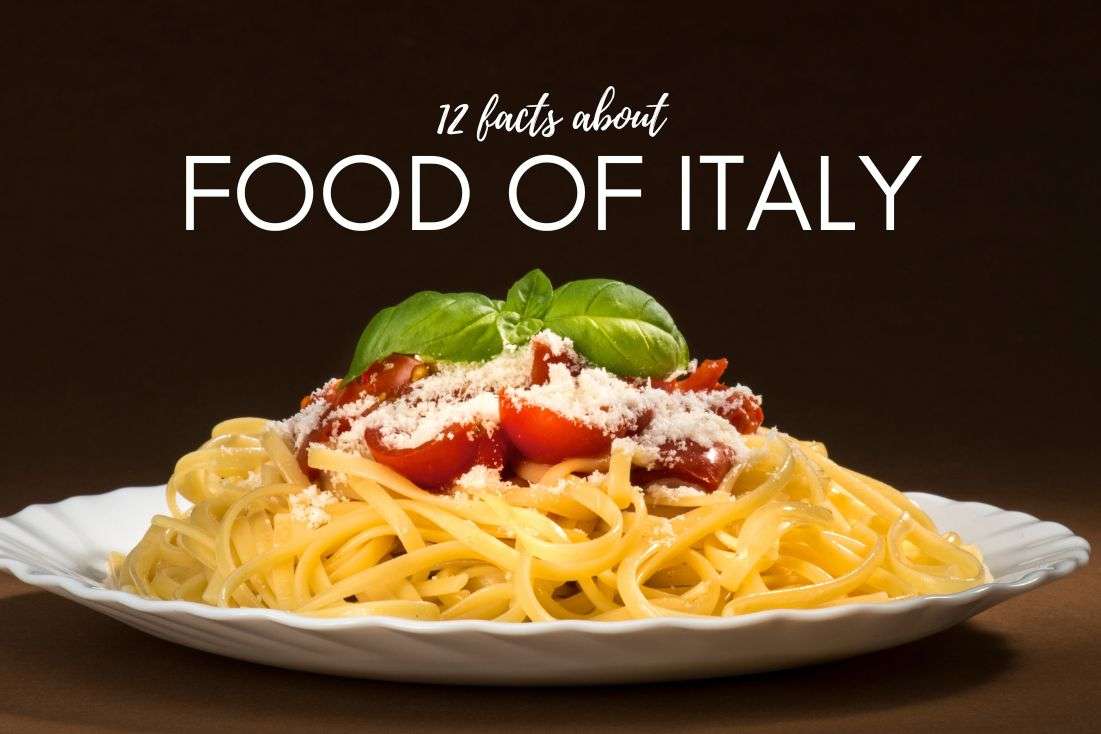
Italian cuisine is worldly renowned, especially for pizza and pasta. However, that’s not even remotely all it has to offer. And you will be surprised how many foods you thought were Italian are not even from Italy. Get ready for the ultimate fact guide to Italian cuisine and food-related facts.
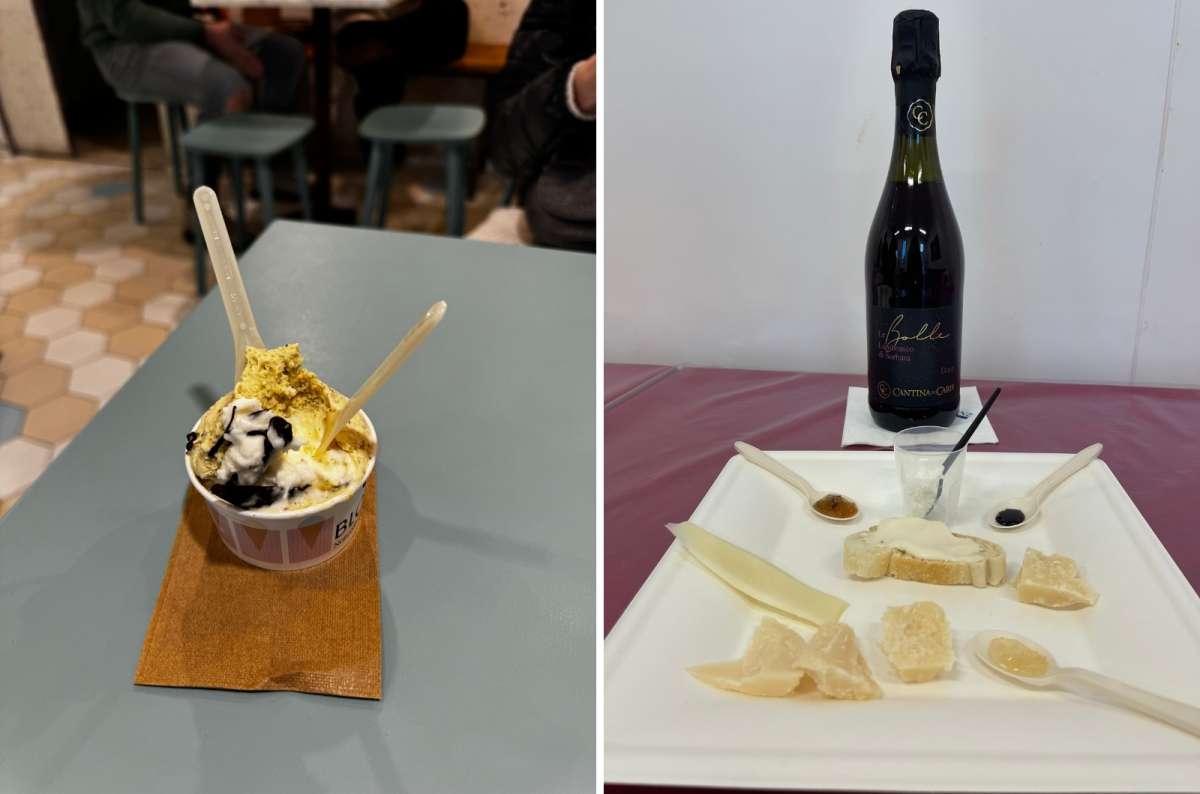
If you really want to get a taste of some of the best delicacies, head to Modena, the food capital of Italy
1. There's no single national dish
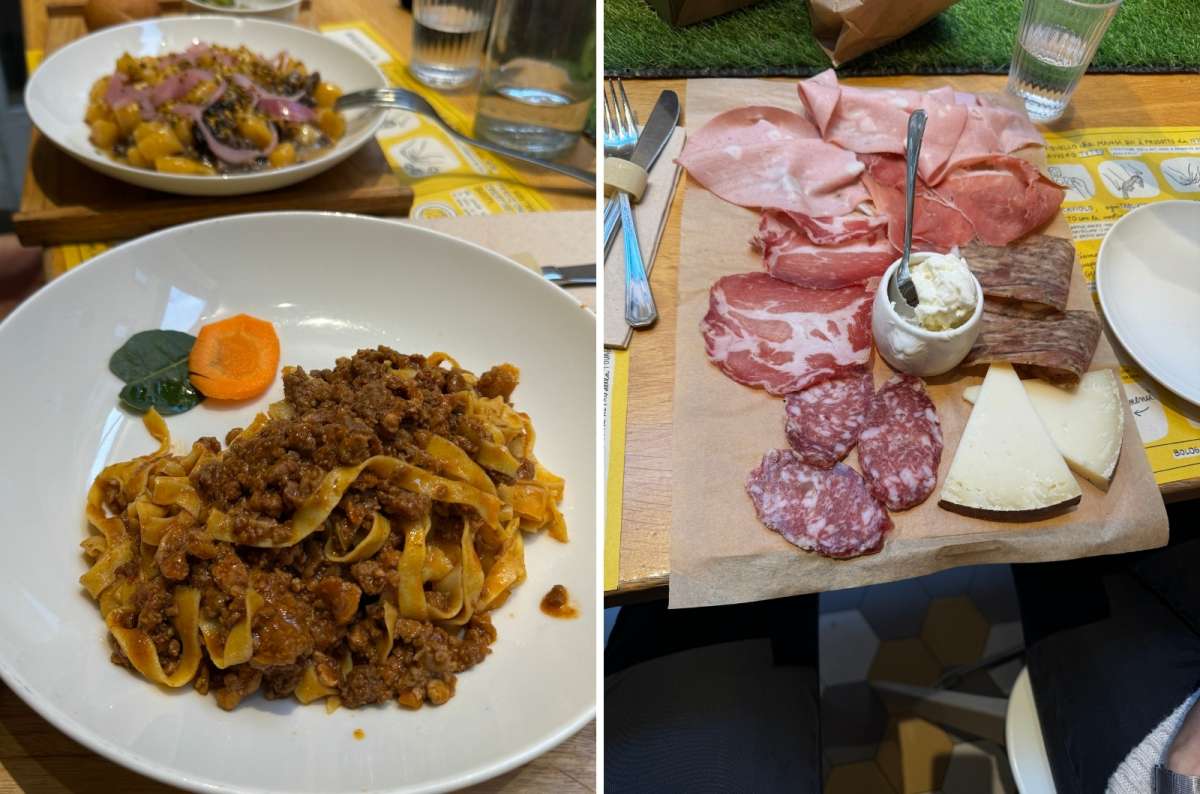
When you're in Italy, try to taste as much local food as possible
Ok, this will be tough to understand for lots of people, but it’s not actually a good idea to order pizza in Lombardy and lasagna in Sicily.
That’s just not how it works, and if you try it, the locals would think you’re an uncultured idiot. So the number one rule is: when in Italy, always eat regional!
Until unification in 1861, Italy was made up of multiple duchies and kingdoms, each with its own distinct food culture. This is why the food varies so much across the country.
There are simple rules for the regions: the farther north you go, the heartier the food becomes. The farther south you move, the lighter the food gets, with more emphasis on seafood.
The Food King of all the Italian regions is easily Emilia Romagna—Parma, Modena, Ravenna, and Bologna.

If you have time, don´t forget to visit the Basilica di Sant'Apollinare in Ravenna
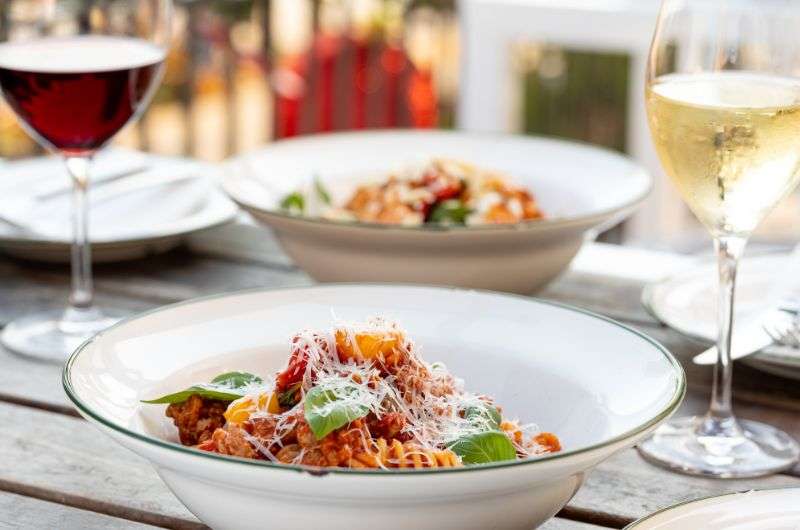
Buon appetito!
Sometimes, all you need to do is take the first step... I've filtered out the best hotels in Parma for you
Save it for yourself to come back to later, or share with your friends on social media!
2. Breakfast in Italy is light and sweet
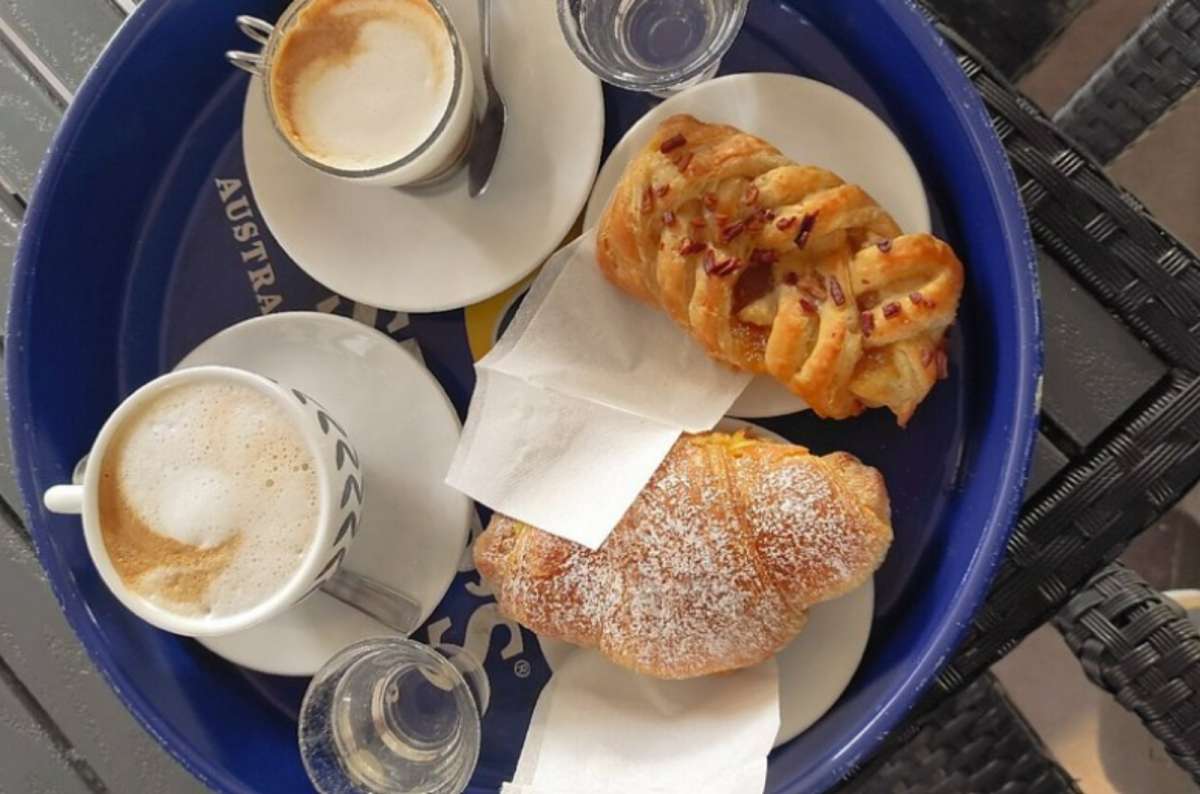
The classic Italian breakfast... and I’m still hungry
In Italy, they don’t do big breakfasts. In fact, they usually don’t eat breakfast at all. As insane as it seemed to me, Italians are used to having just a shot of coffee in the morning and going to work.
If there is any breakfast, it’s always sweet and light, though. So don’t even try to look for scrambled eggs and bacon. The Italian classic breakfast is “caffé e cornetto”, which is simply an espresso and croissant.
I’ll be honest, I love Italian cuisine, but I suffer during breakfast. I need more than a little croissant to fuel my travel days!
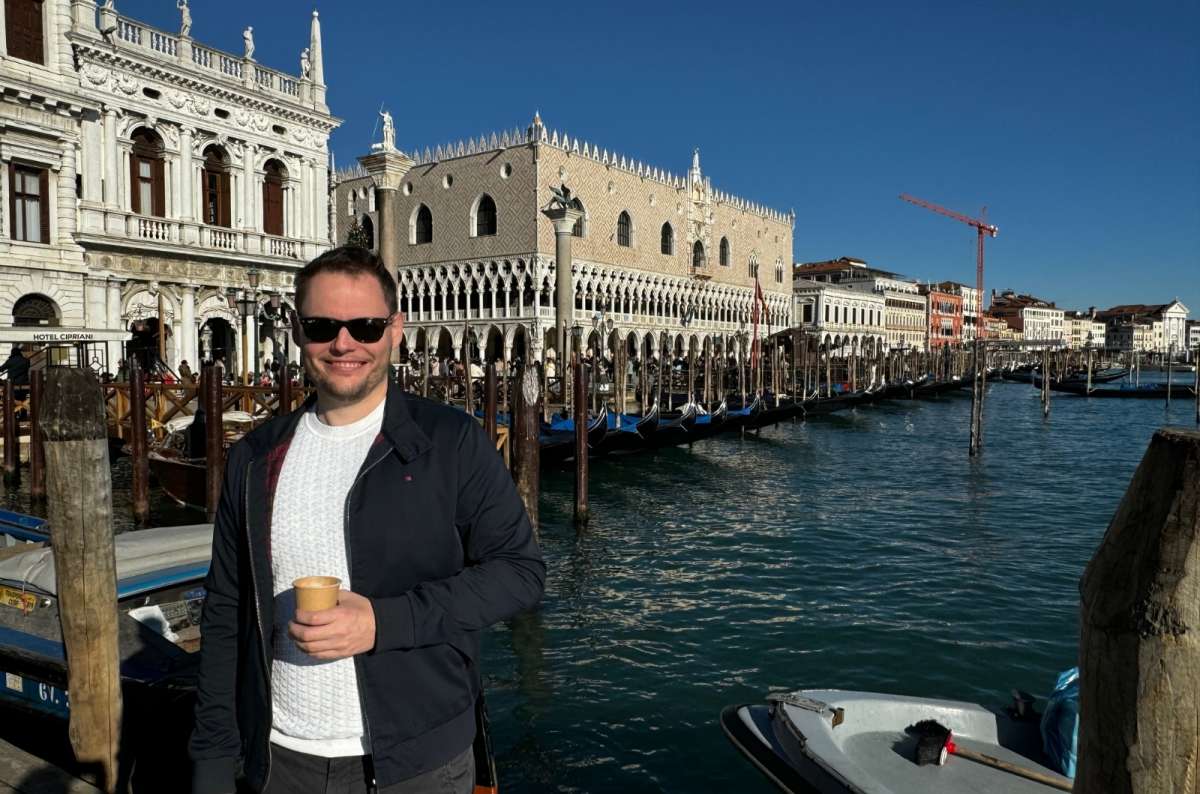
Got my morning cappuccino to-go in Venice
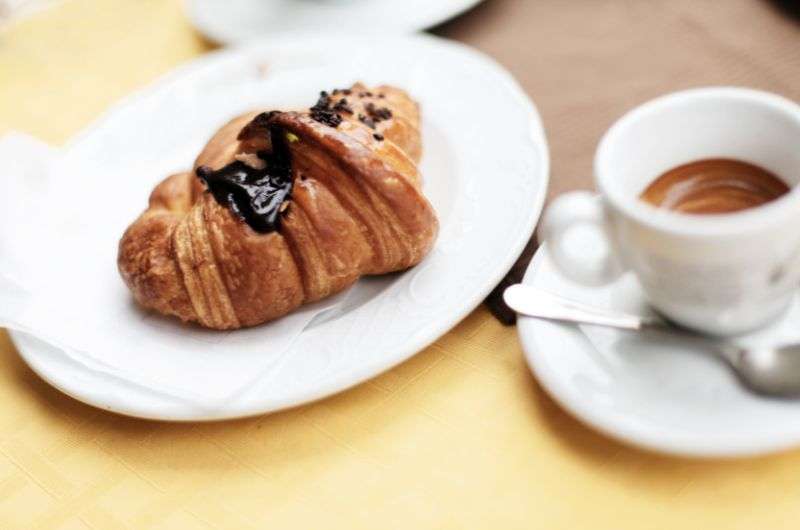
Coffee and croissants are a perfect Italian breakfast... for Italians. Not for me
3. Why frappuccinos and macchiatos are not Italian

Another thing that’s unmistakably Italian—even if the name comes from Yemen. The moka pot is how real Italians make coffee at home
Yep, all the fancy-sounding kinds of coffees are Western inventions. Of course, you can get a cappuccino, frappé or some of the other rubbish, but Italians like to keep it simple. They mostly drink plain black espresso, and they drink it as a shot. It’s not usual to sit and sip one coffee for an hour. You get the espresso shot, you drink it, and you’re ready for the day. The only exception is breakfast, when sometimes a coffee with milk is ordered.
At home, coffee is almost always made with a moka pot. Espresso is something Italians drink at the bar—quick, standing, and usually on the go. Bialetti, the brand behind the original design from the 1930s, has sold over 300 million of them.
Remember these coffee rules in Italy:
-
Italians drink cappuccino in the morning. Asking for it in the afternoon will make you look like an idiot.
-
Don’t ask for flavored syrups, frappes, or cinnamon on top—again, you’ll get stares with raised eyebrows.
-
Italian coffee used to be the best. Nowadays, it’s on par with coffee from other European countries, so don’t expect too much.
4. True pizza originates from Naples
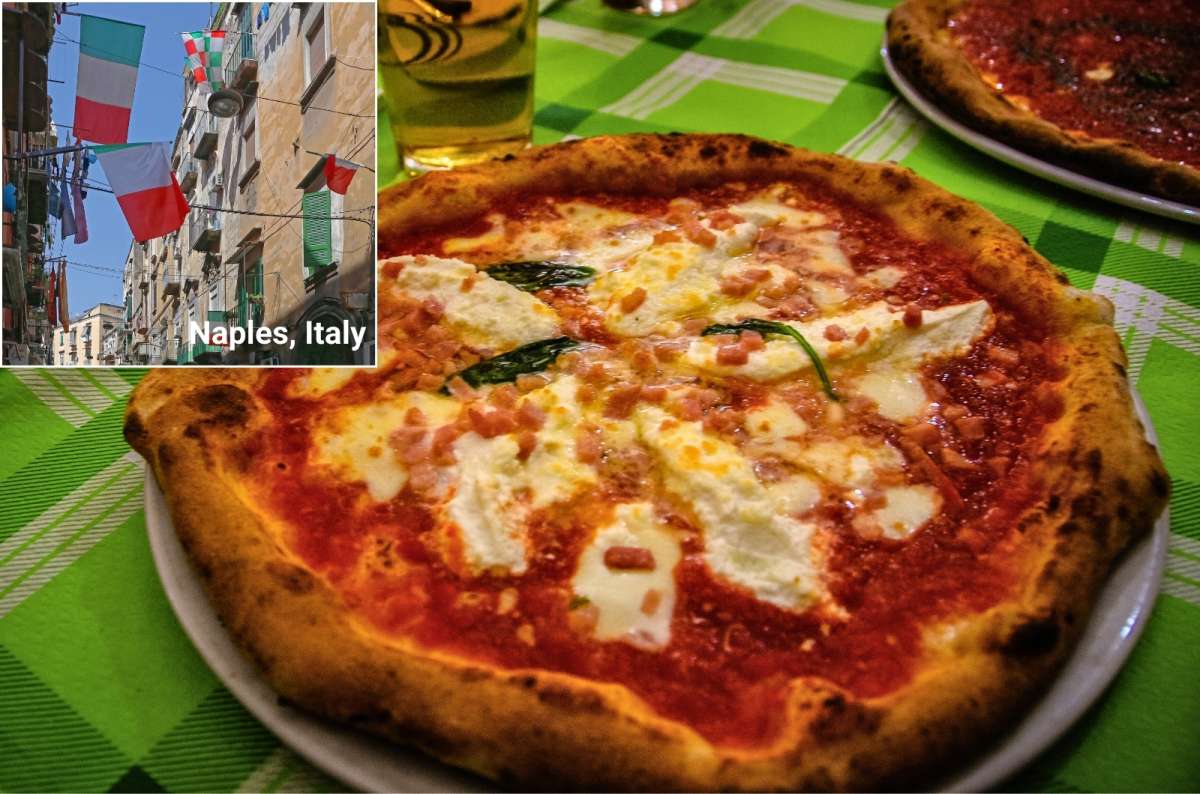
You haven’t had pizza unless you've tried it in Naples, where it originated
Although it’s arguably the most popular food all around the world, the only “real pizza” is from Naples, where it originated in the 19th century. There’s a story about a cook named Raffaele Esposito who was supposed to make a pizza for Queen Margherita of Savoy on her visit to Naples in 1889.
The origin story of pizza
He made one with tomatoes, mozzarella, and basil as the representation of the Italian flag (tomatoes for red, mozzarella for white, and basil for green). Although he made several others, they say that the Queen declared this one her favourite, so that’s why it later became known as pizza margherita.
Manage your expectations when eating pizza in Italy
Pizzas are usually not served in fine dining or osterias. Don't expect to go to Italy and be served pizza everywhere. It is much rarer than you’d thinkThey are usually served in small ristorantes and buffets.
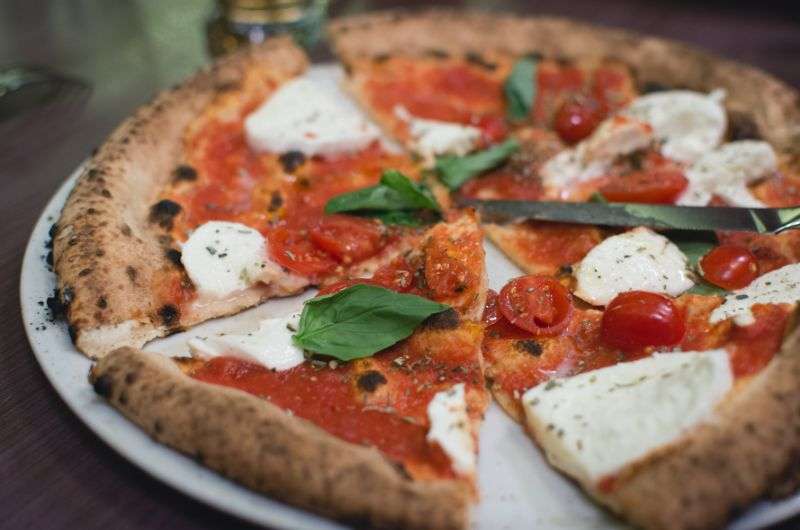
The traditional Neapolitan Pizza
Real pizza is cooked at a very high temperature
The Neapolitan pizza is distinguished by its very thin crust, and it should be baked at a very high temperature (480 °C/ 896 °F) in a wood-fired oven.
5. The Coperto is not a tip

The Italian way of saying “welcome to the table”—and yes, you’ll pay for the bread even if you don’t touch it
Don’t be surprised to find an extra item on your bill in a restaurant called Coperto. It’s usually from 1 to 5 euros per person, but it’s not a tip, as it doesn't go to the waiter. What are you paying for then? Basically, the privilege of sitting down. It covers service expenses like your seat, cutlery, tablecloth, and sometimes that basket of bread you didn’t ask for.
It may seem odd to us, but in Italy it’s completely normal. As for tipping, that varies by region. In the north, it’s not common to leave a tip at all, in the south, it’s customary to leave some according to your satisfaction with the services.
6. Spaghetti with meatballs is an American creation
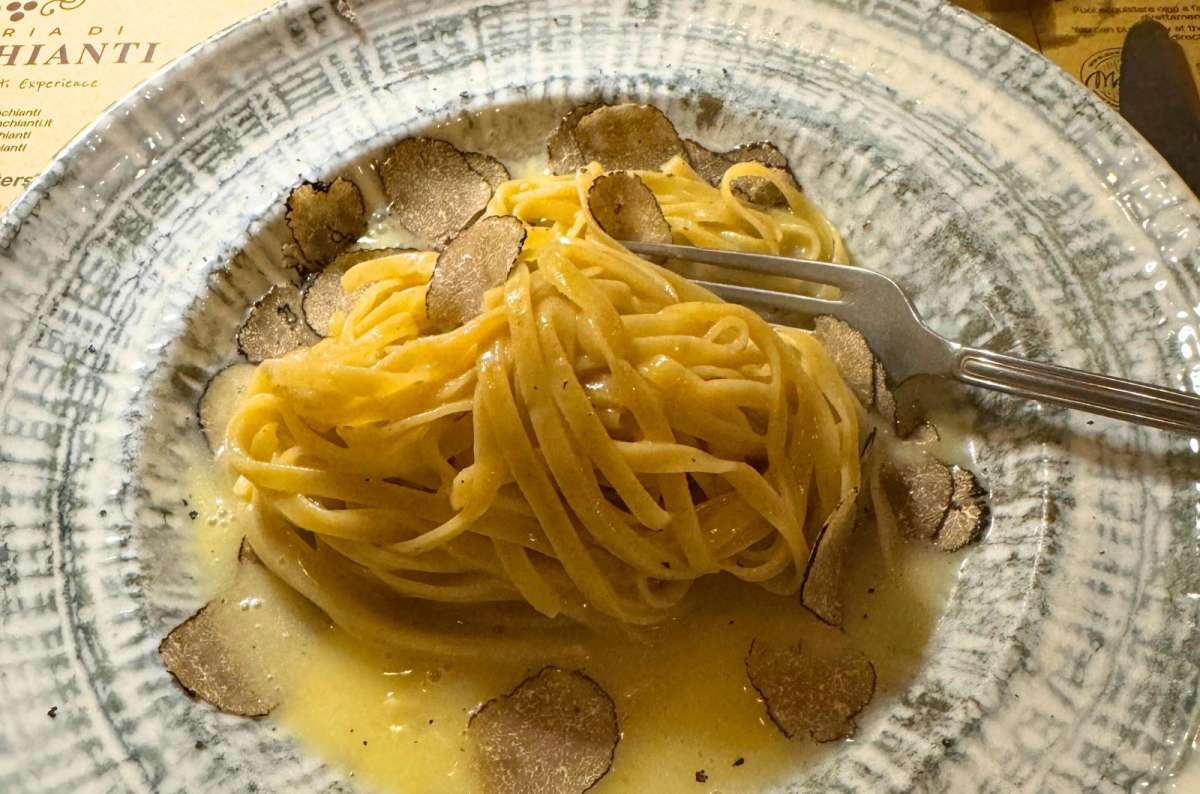
What real Italian pasta looks like: this is Tagliolini al tartufo—a rich, buttery pasta with fragrant black truffles,(my favorite Italian ingredient!) @ Florence, Italy
Yep, you can enjoy that at a family dinner back at home, but don’t expect that in Italy. The way of serving spaghetti, or pasta for that matter, again differs region by region.
Generally, it’s a light meal with seasonal products, herbs, seafood, or minced meat. The famous spaghetti alla Carbonara comes from Rome, while the Pesto sauce is distinctive for the Liguria region.
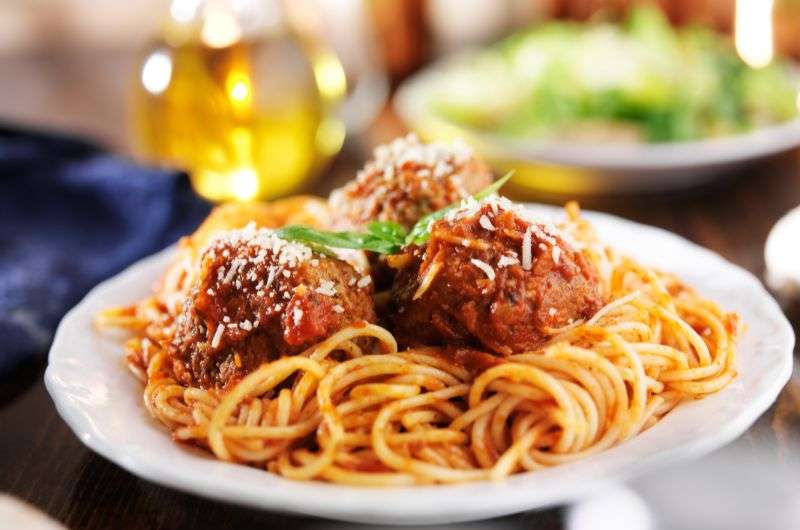
Spaghetti with meatballs
Spaghetti Bolognese are in fact a tagliatelle with ragù
Again, it won’t make any sense for an Italian to order a Spaghetti Bolognese in Rome, for instance. If you want to taste the real Bolognese, just go to Bologna, man. And while you’re there, DO NOT ask for Spaghetti Bolognese because they might get offended and spit in your meal or something. This traditional dish is, in fact, made of tagliatelle, not spaghetti, and beef ragù. They call it tagliatelle al ragù.
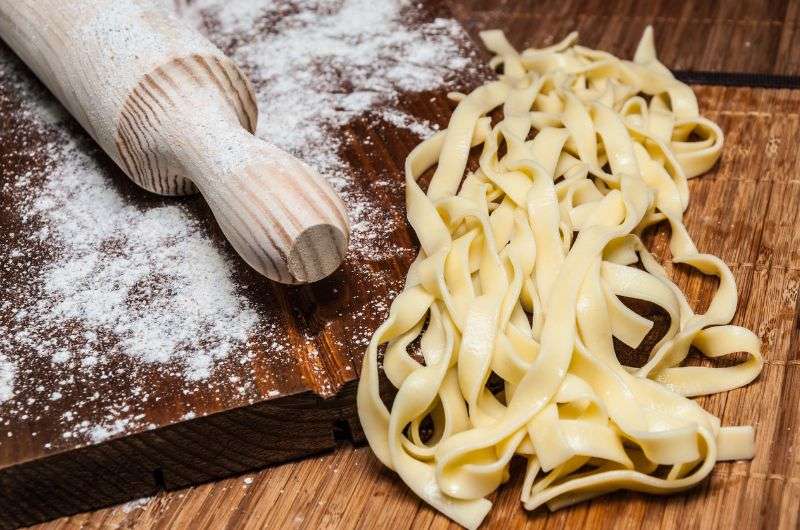
Tagliatelle is especially traditional in Emilia-Romagna (think Bologna)
When I visited Bologna, it was quite hard to find a restaurant that served proper pasta with ragout. Prepare your trip well in advance to make sure you’ll get to taste all the delicious Italian cuisine you’re craving.
7. Mozzarella vs Fior di latte: what’s the difference?

If you’re mozzarella isn’t ultra soft, it’s not mozzarella
What we’re used to calling mozzarella isn’t usually the real one. It’s made from cow’s milk, and Italians call it “fior di latte,” which means a bloom of milk (as it’s made from the creamy part on the top). The proper one is made from buffalo’s milk and tastes different.
It tastes like a much milder and almost watery cheese. It always has this ultra-soft texture.
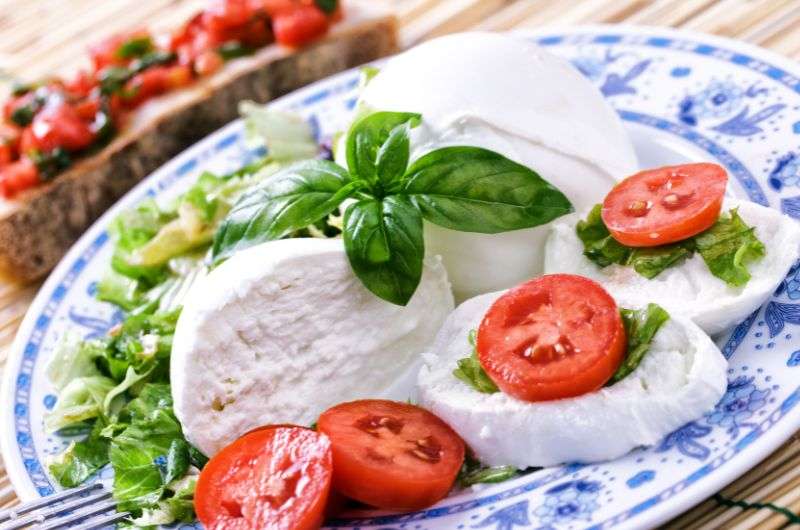
Delicious mozzarella
Pro tip: If you want to buy the proper mozzarella, look for the “Mozzarella di Bufala Campana” trademark with a DOC sign. It’s short for Denominazione di origine controllata (controlled designation of origin), and it’s basically a guarantee of quality standard as well as the regional origin. Originally, it was used only with wines, but it gradually spread to food as well.
8. Trattorias and osterias offer authentic dining
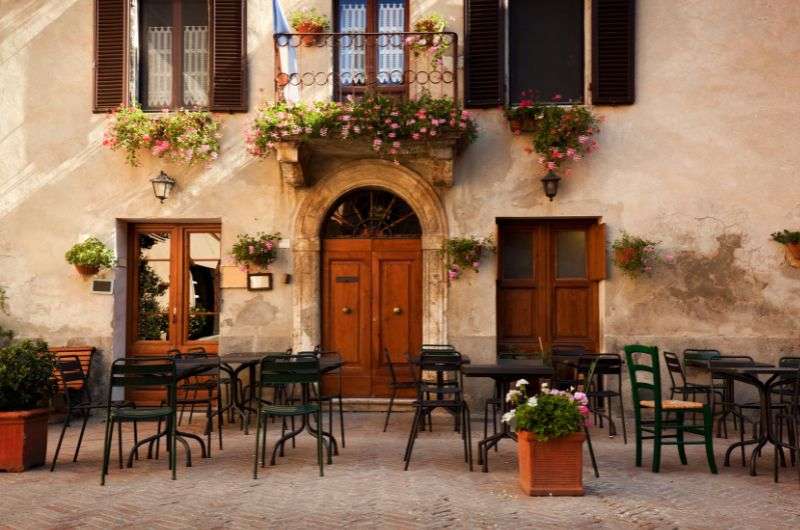
Trattorias are family-run spots where recipes are passed down like heirlooms
Of course, you can simply eat in a restaurant, but if you want to enjoy the ultimate Italian experience, you should find a trattoria or an osteria.
It’s usually a smaller, rustic, family-owned eatery, where the grandma cooks the local specialities while the kids are waiters.
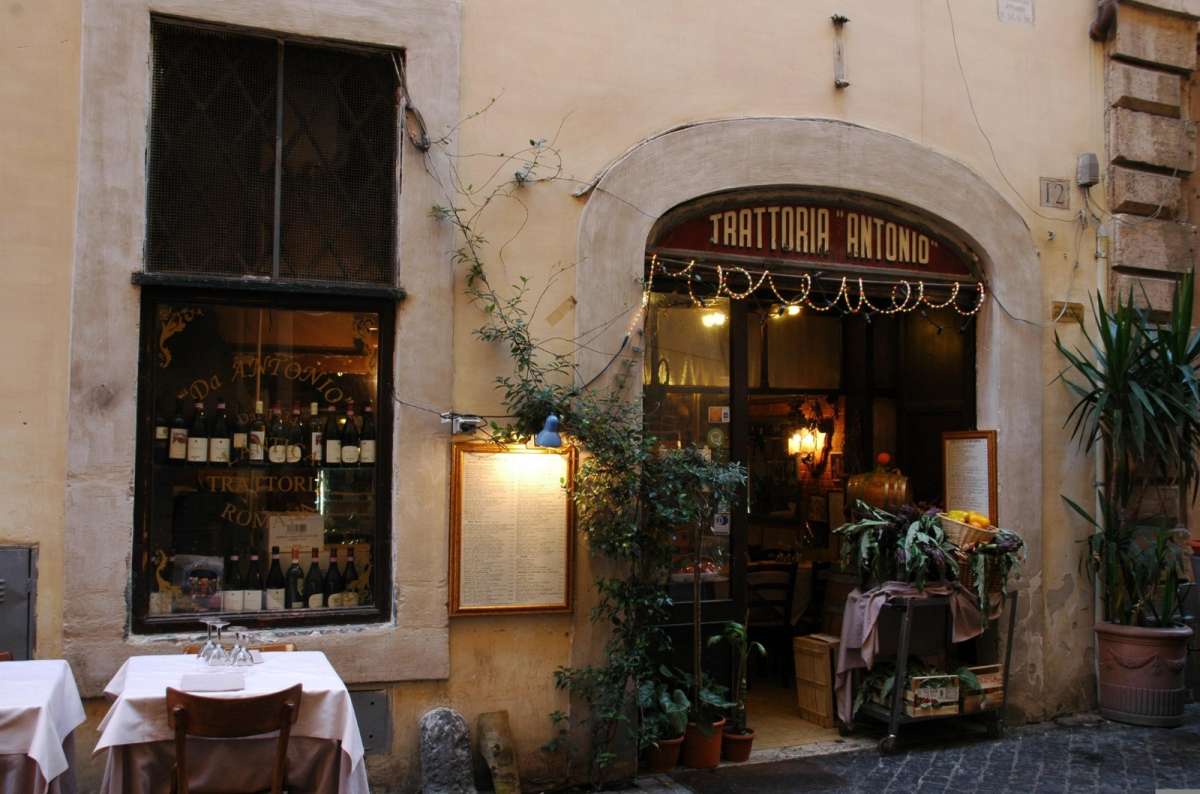
No menu? No problem. In a real trattoria, you eat what Nonna made today
The prices used to be lower, and the menu changed almost every day. While the changing menu still holds true, the prices have not. Nowadays, osterias are almost always fine dining and quite expensive. However, I still consider them the best place for a proper luxury dinner when visiting Italy.
Tip: My personal recommendation is Osteria Francescana in Modena. Massimo Bottura, a three-Michelin-star chef, makes magic in the kitchen from the local fresh supplies.
I had the opportunity to visit Bistro Franceschetta in Modena, which belongs to the same group, and I was delighted.
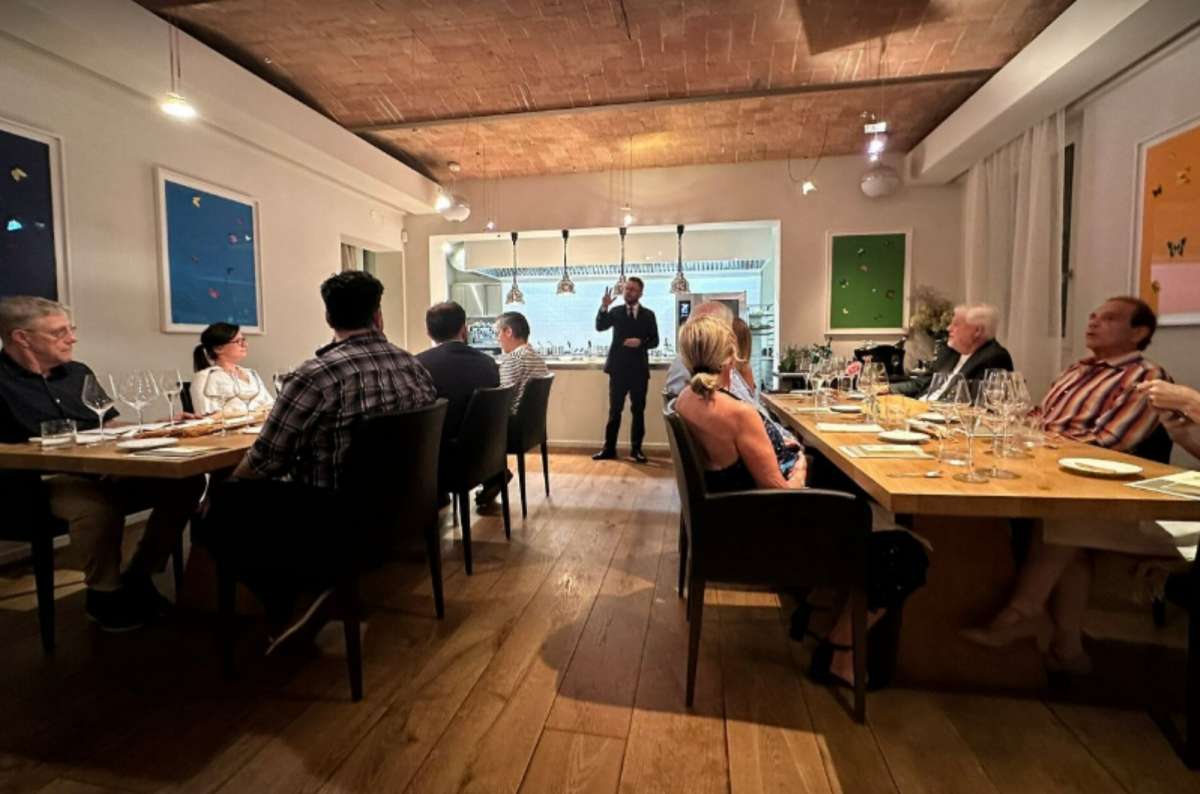
It’s not every day you get to taste a menu created by a three-Michelin-star chef! Bistro Francescana in Modena
9. Lasagna is a Bolognese specialty
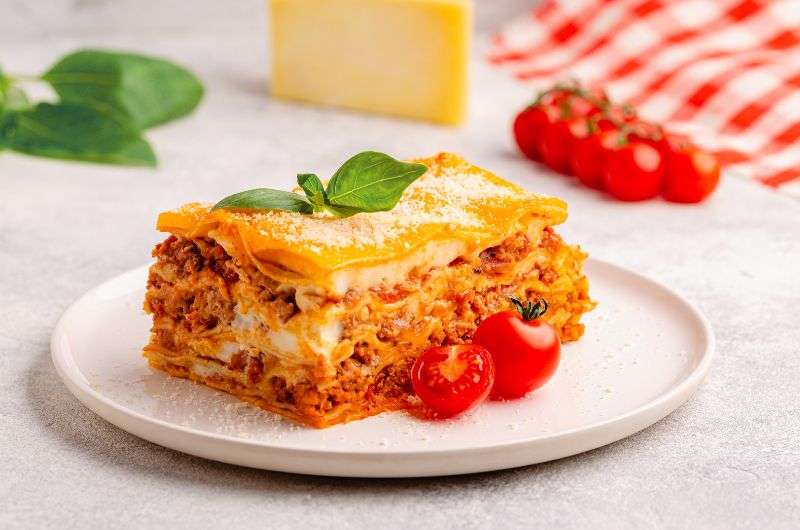
Lasagne alla Bolognese isn’t layered with ricotta—that’s an Italian-American twist
Garfield's favourite dish is also from Bologna, or the region of Emilia-Romagna by extension. Firstly, the lasagne itself is not a dish, but a kind of pasta (the flat rectangular sheets). So if you are looking for the Garfield version, ask for Lasagne alla Bolognese, which is the traditional pasta layered with the beef ragú and cheese.
Also, the correct spelling is lasagne, not lasagna. It’s because the lasagna is one sheet of pasta, and there are several of them in the dish. So the “e” at the end of the word indicates the plural form. There, now you can flex with your knowledge of Italian grammar.
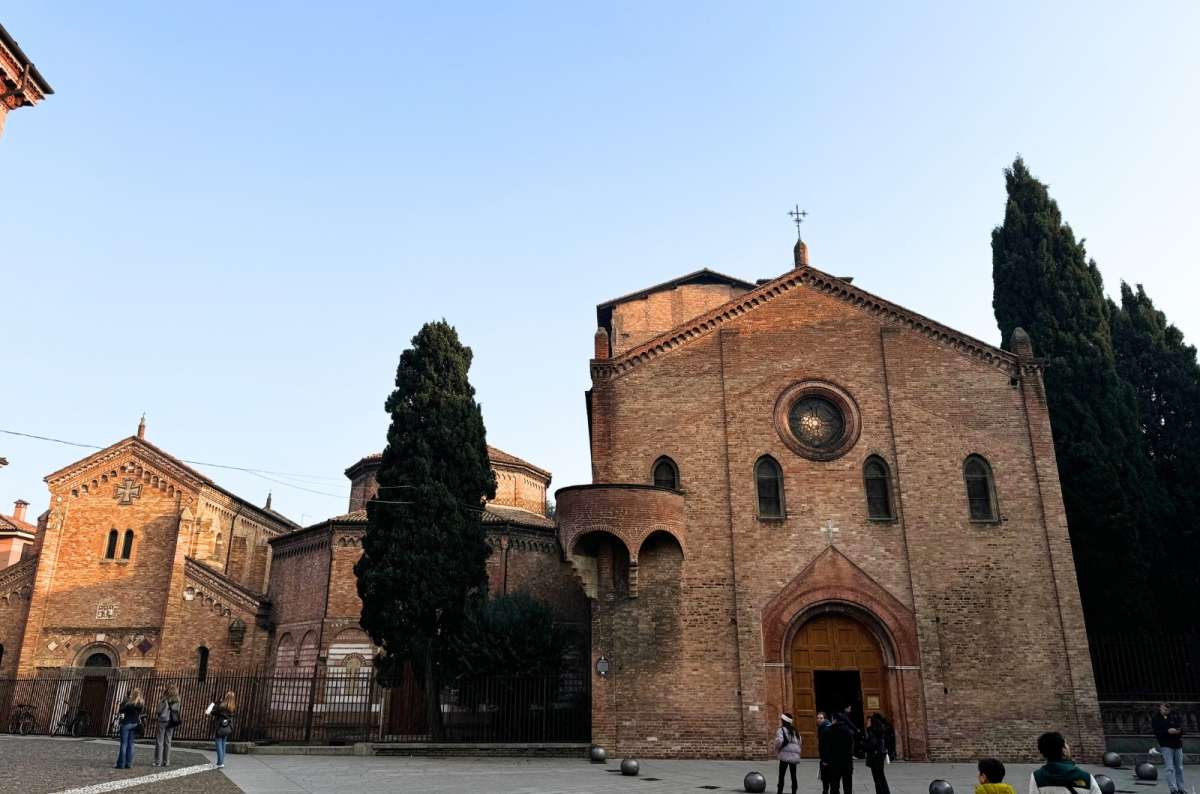
In Bologna, even the churches are layered—just like the lasagne!
10. Sicily is the land of sweets
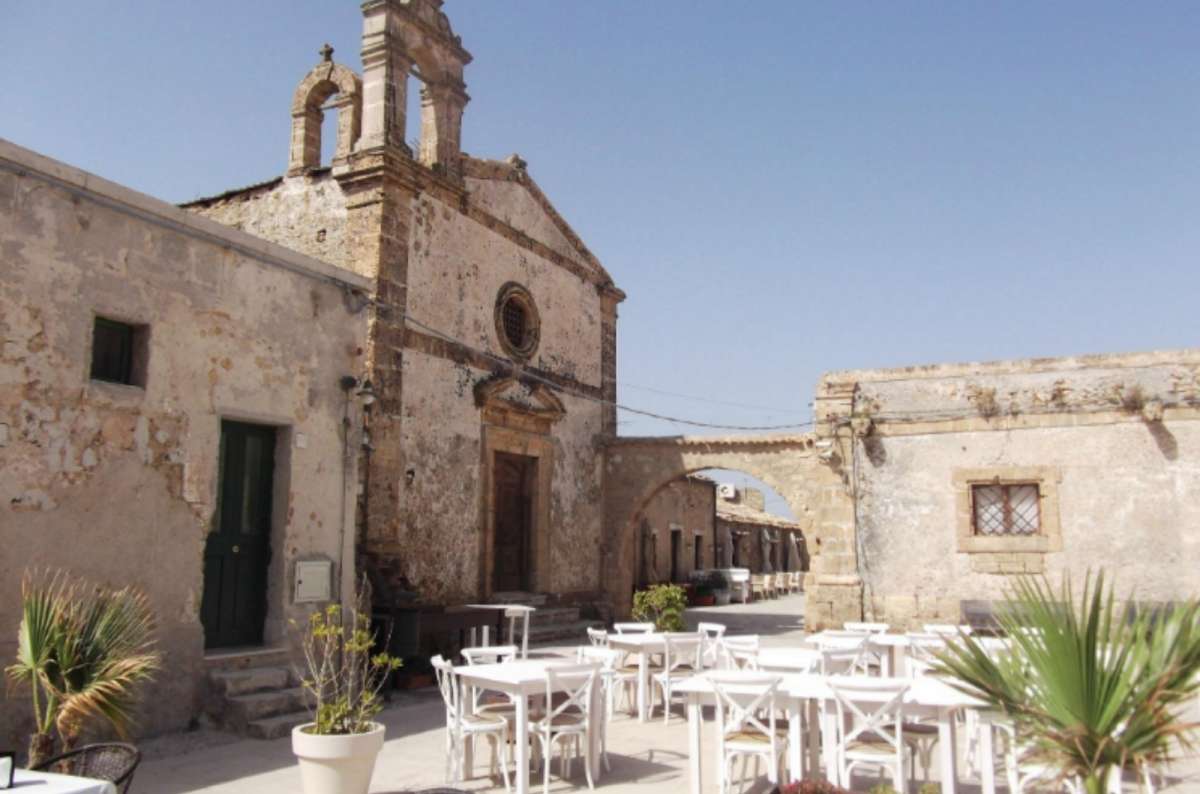
In Sicily, the simplest places serve the sweetest treats. Looks can be deceiving!
As we said earlier, every region has its own signature dish or product. And Sicily is known as the master of sweet treats. The fact is, some of the Sicilian desserts are so sweet that a normal mortal is going to get knocked by them.
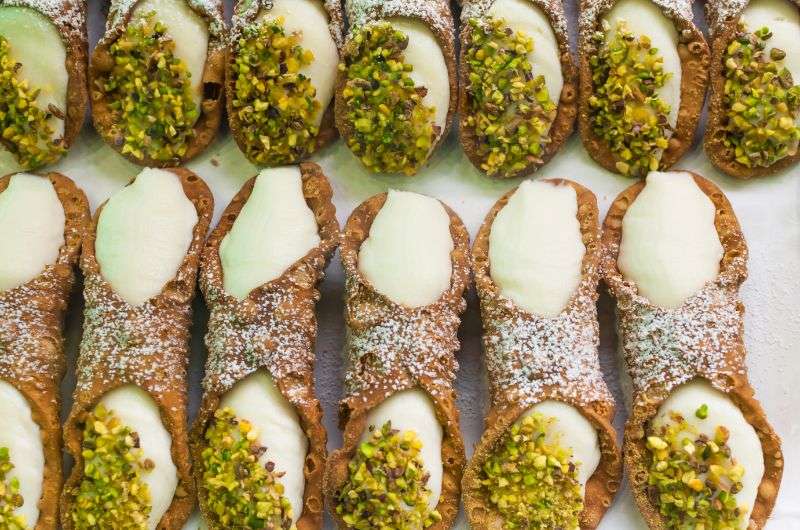
Sicilian cannoli
Granita with brioche, for example. The sorbet-like dessert is a popular breakfast option in Sicily, and it’s so decadent it will make your teeth hurt, but it’s delicious. Probably the most famous is Sicilian cannoli, the sweet fried pastry with ricotta filling, made famous all around the world by the Sicilian immigrants… and the Godfather—” Leave the gun. Take the cannoli.”
11. Regional wines reflect Italy's diversity
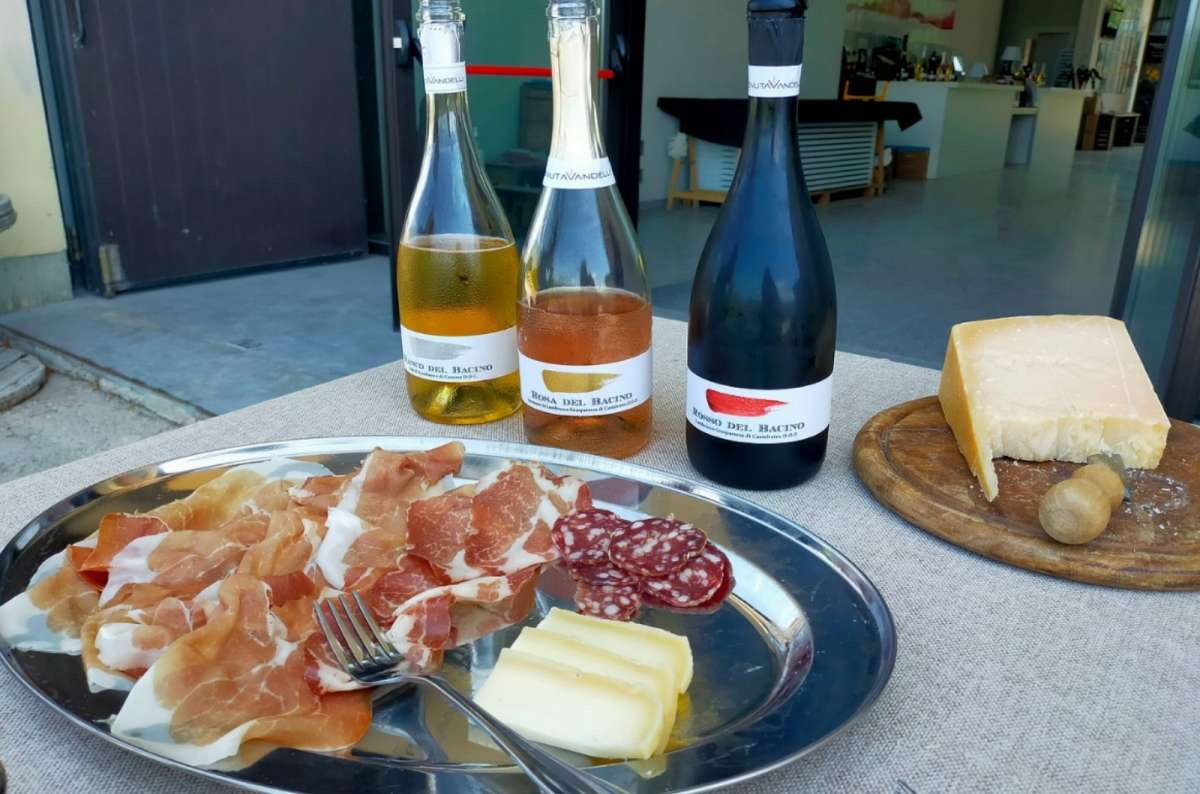
I tried out plenty of Italian wines and, of course, delicious cheese and meats to go with them
Did you know that Italy is the biggest wine producer in the world? While France produces around 3,641,900 liters per year, Italy holds the record (as of 2021) with 4,250,000 liters a year. Perhaps the best-known wine region is Tuscany, where the vineyard tradition dates back to the 8th century BC.
However, every single region in Italy produces its own wines. Veneto is famous for sparkling Prosecco, Emilia-Romagna is renowned for Lambrusco, and Tuscany is home of the full red Barolo. When you’re not sure and want something local, ask for “vino della casa”. The waiter will offer you the best local food from the small owners.
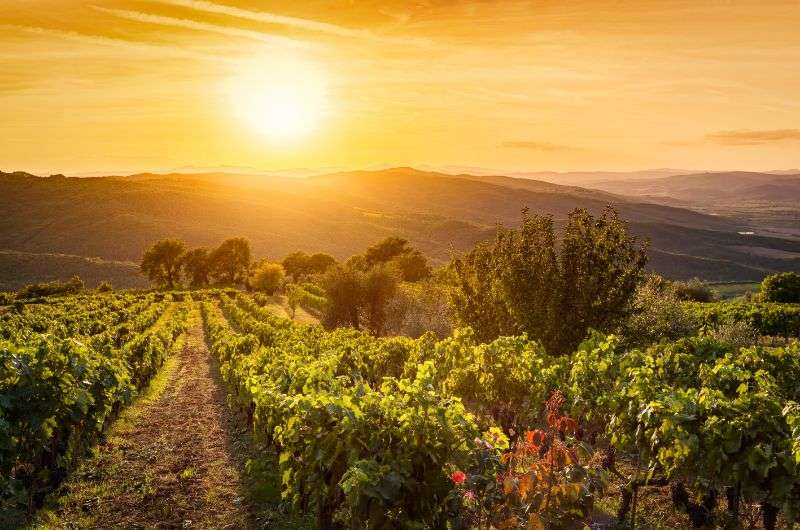
Wineries in Italy? 10/10
Italy's wine heritage dates back millennia
Italy is the world's largest producer of wine, a tradition dating back over 4,000 years. The Etruscans, who inhabited central Italy before the Romans, were among the first to cultivate vineyards.
Today, Italy boasts over 350 grape varieties, many of which are indigenous to specific regions.
Almost every region has its own wine varieties, for example:
- Tuscany: Chianti, Brunello
- Piedmont: Barolo, Barbaresco
- Veneto: Proseco, Amareto
- Puglia: Primitivo

4,000 years of wine-making and 350+ grape varieties? Italy really said sip happens!
12. Pasta was not always a staple of Italian cuisine
Contrary to popular belief, pasta wasn't always a staple of Italian cuisine. It was introduced to Italy by Arab traders in the 9th century, bringing with them dried pasta made from durum wheat. This innovation allowed for longer shelf life and easier storage, especially in southern Italy.
There is a lovely Pasta museum in Parma that I visited, where you can learn:
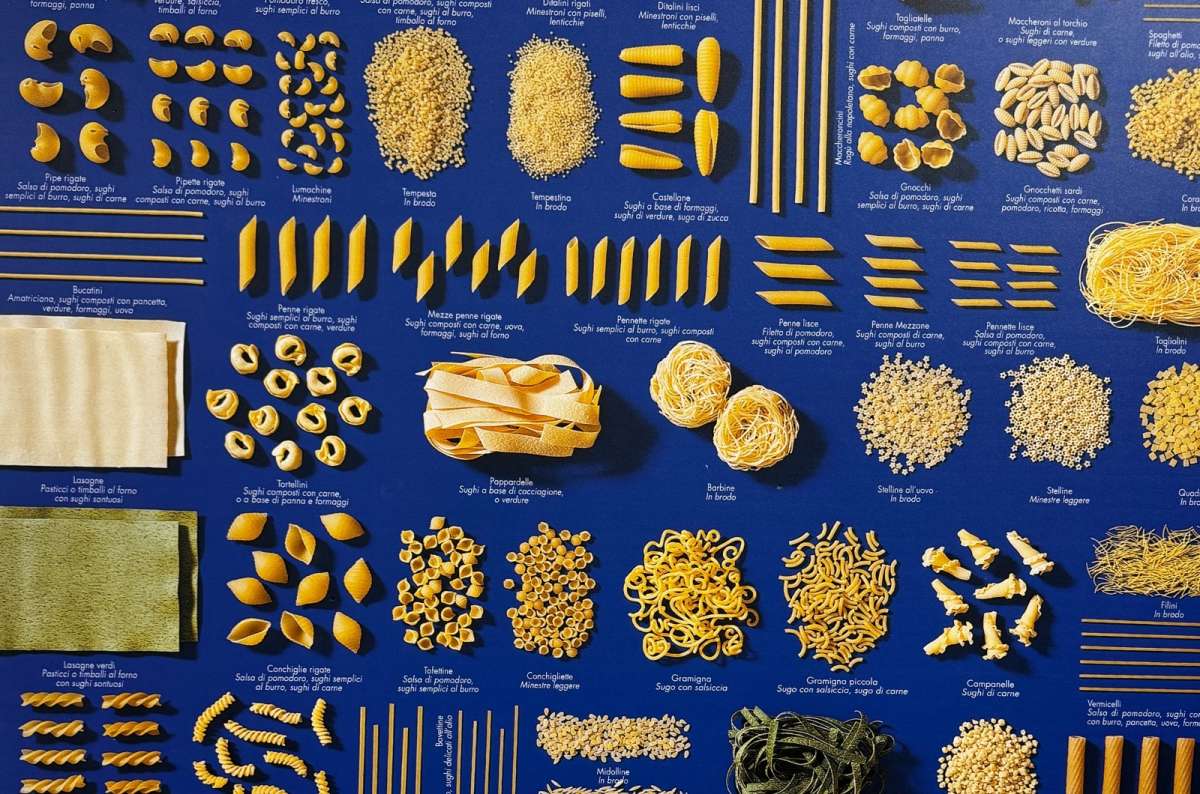
@ Pasta Museum in Parma—proof that Italy takes its pasta shapes just as seriously as its flavors!
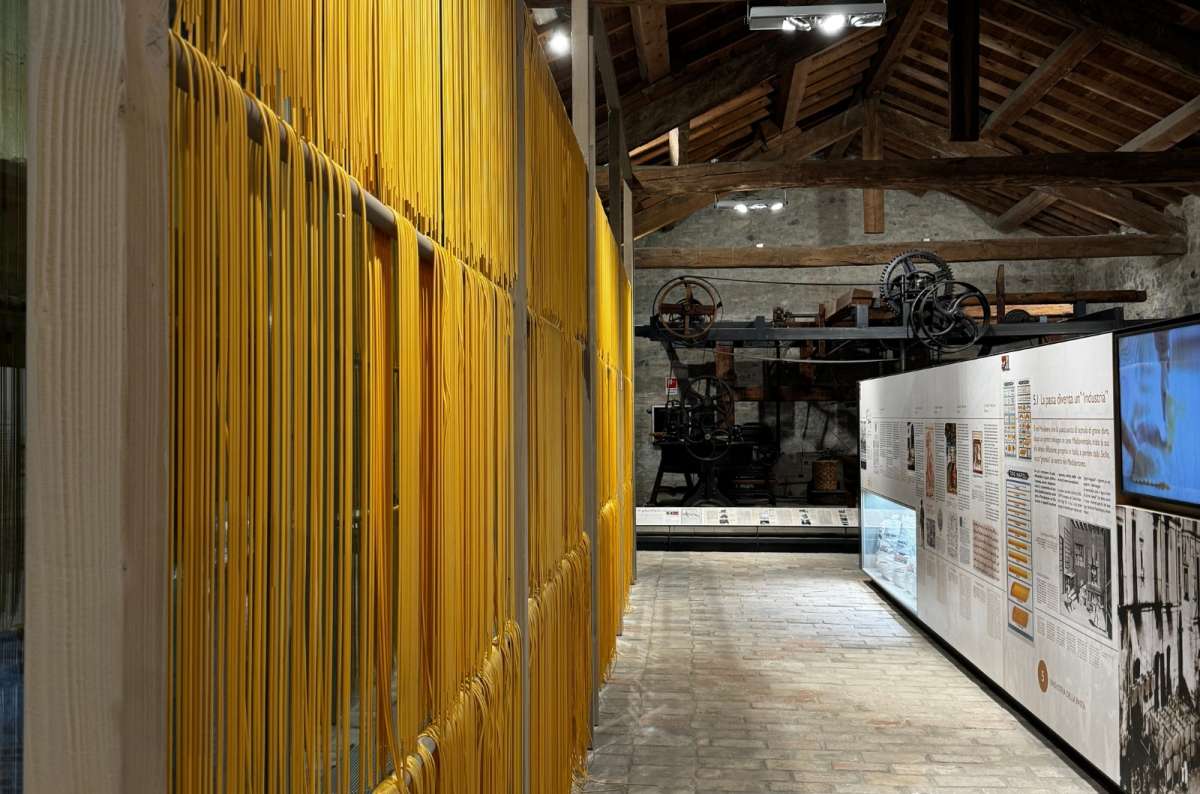
The Pasta Museum in Parma is full of history, tradition, and everything you didn’t know you wanted to know about pasta
Facts about pasta from Parma:
-
Every Italian region has dozens of types of pasta in various sizes, each used for different dishes. It almost feels like every village has its own distinct pasta culture.
-
Fresh pasta was introduced in Ancient Greece.
-
Pasta and tomatoes didn’t come together until much later—around 1837.
-
Pasta production is surprisingly eco-friendly. Eat pasta. Get fat!
-
Always eat pasta with a fork. Unless it’s in soup, never use a spoon. Twirling spaghetti or any long pasta is considered unnecessary (and even a bit ridiculous) by most Italians.
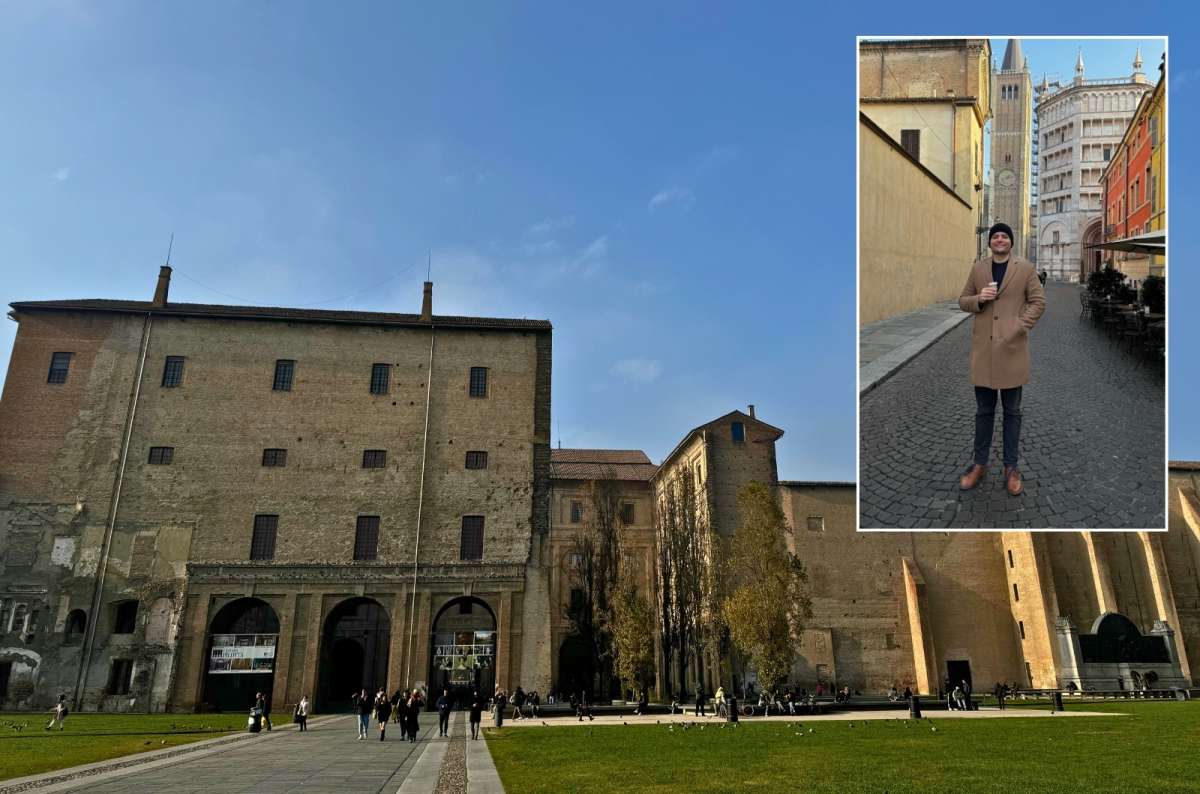
Parma isn’t just home to the Pasta Museum—it’s full of stunning sights worth exploring as well
13. Parmigiano Reggiano is Italy’s most badass cheese

Parmesan makes everything better
The most famous cheese in Italy is Parmigiano Reggiano (aka parmesan)—protected by the DOP*—and one of the best things to do in Italy is visit the 4 Madonne Cheese Factory.
There, you can learn more about Parmigiano Reggiano, or check out my Modena itinerary, where I go into detail about it—I found it absolutely fascinating.
*DOP stands for Denominazione di Origine Protetta, which translates to Protected Designation of Origin in English. If it’s not made under the exact given conditions, it can’t legally be called Parmigiano Reggiano.
Cool facts about Parmigiano
-
Parmigiano Reggiano can only be made in the Emilia-Romagna region, especially in Parma and Modena.
-
One portion of Parmesan provides your daily intake of Vitamin B and Phosphate.
-
Parmigiano aged over 24 months is safe for pregnant women.
-
The older the cheese, the saltier it gets.
-
It takes 500 liters (about 132 gallons) of milk to make a 40 kg (88-pound) wheel of Parmigiano.
-
The quality of the cheese is tested using a small hammer.
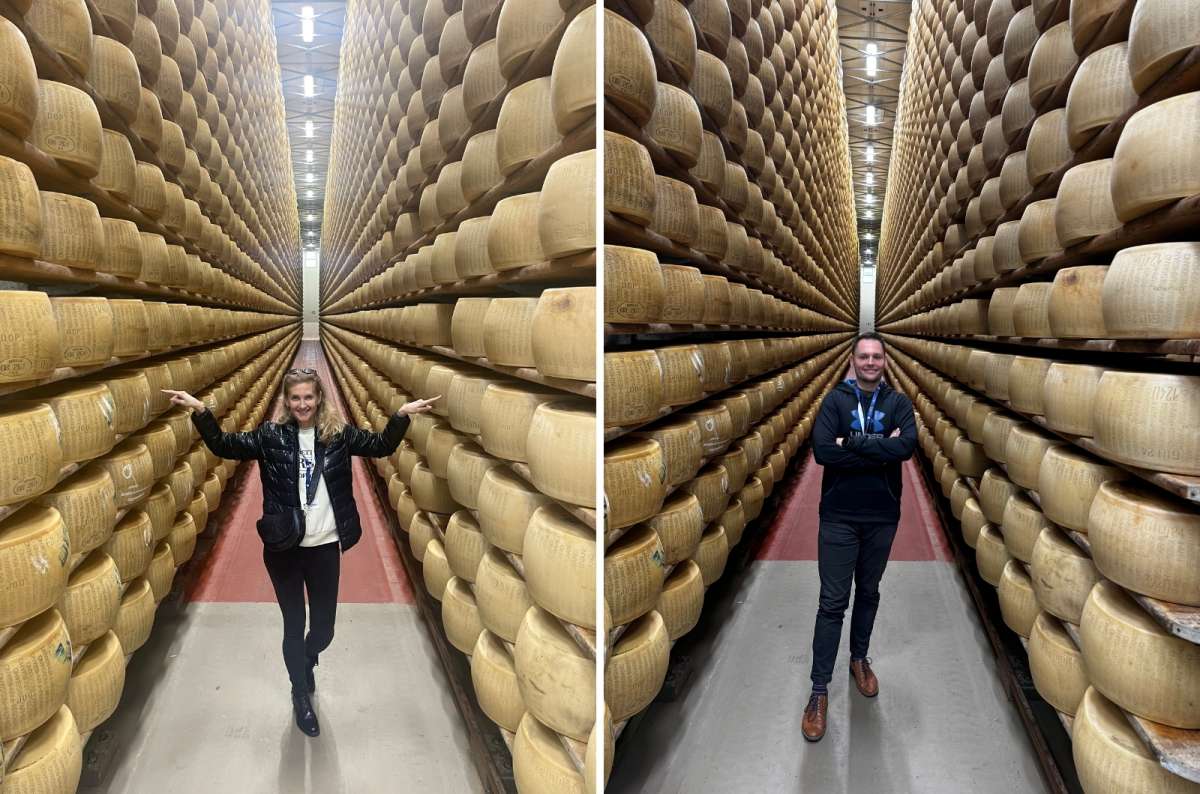
You can never have enough Parmesan cheese
14. Balsamic vinegar is one of Italy’s most prized ingredients
Balsamico is a key ingredient in Italian cuisine, with many varieties that differ in age, taste, fruitiness, and use. Great quality balsamic also comes with a steep price!
A visit to an acetaia (a balsamic vinegar production facility) will leave you amazed by the production process and help you truly appreciate the depth of balsamico.
I visited the most famous one in Modena—Acetaia Giusti.

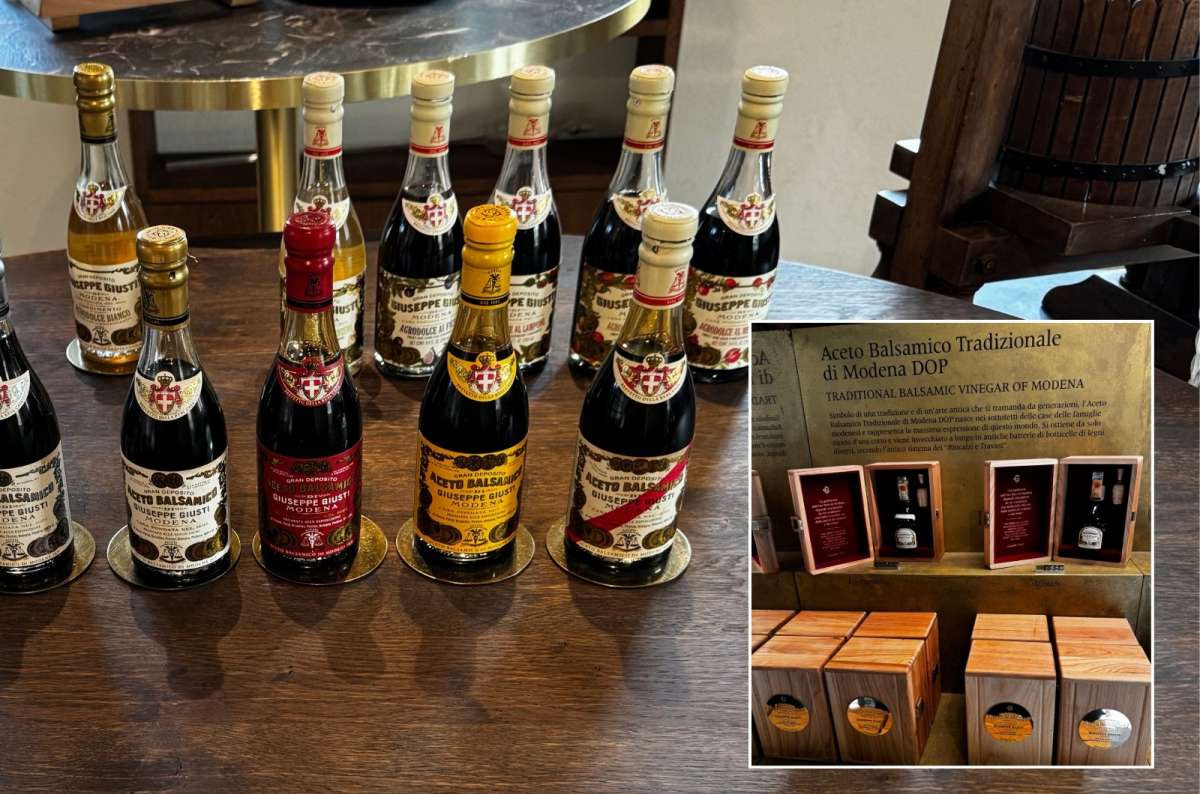
Italy’s liquid gold @Acetaia Giusti in Modena
Cool facts about balsamico:
-
Balsamico is made from wine.
-
It takes generations to make balsamico. It needs to age for an extremely long time in the barrels, sometimes even up to a hundred years. Hence, the price.
-
The quality differs and is distinguished by medals—usually 1 to 4 gold medals, with 4 being the most expensive.
-
Italians use balsamico to accompany almost anything—from eggs to meat to salads.
-
Buy the original balsamic—there are tons of fakes out there, and they’re significantly worse. You can spot the real deal by the DOP label and, frankly, the price tag.

15. Tomatoes revolutionized Italian cooking
Tomatoes might scream “Italy” now, but they didn’t even exist there until the 16th century—they're actually native to the Americas. When they first showed up, Italians weren’t exactly thrilled. People thought they were weird, possibly poisonous, and best kept as decorative plants.
Fast forward a few centuries, and now tomatoes are the backbone of Italian cuisine. Dishes like pasta al pomodoro and pizza margherita wouldn’t exist without them. Good luck finding an Italian menu without something tomato-drenched.
And because this is Italy—where there’s a museum for literally everything—there’s even a Tomato Museum in Parma. Of course there is.
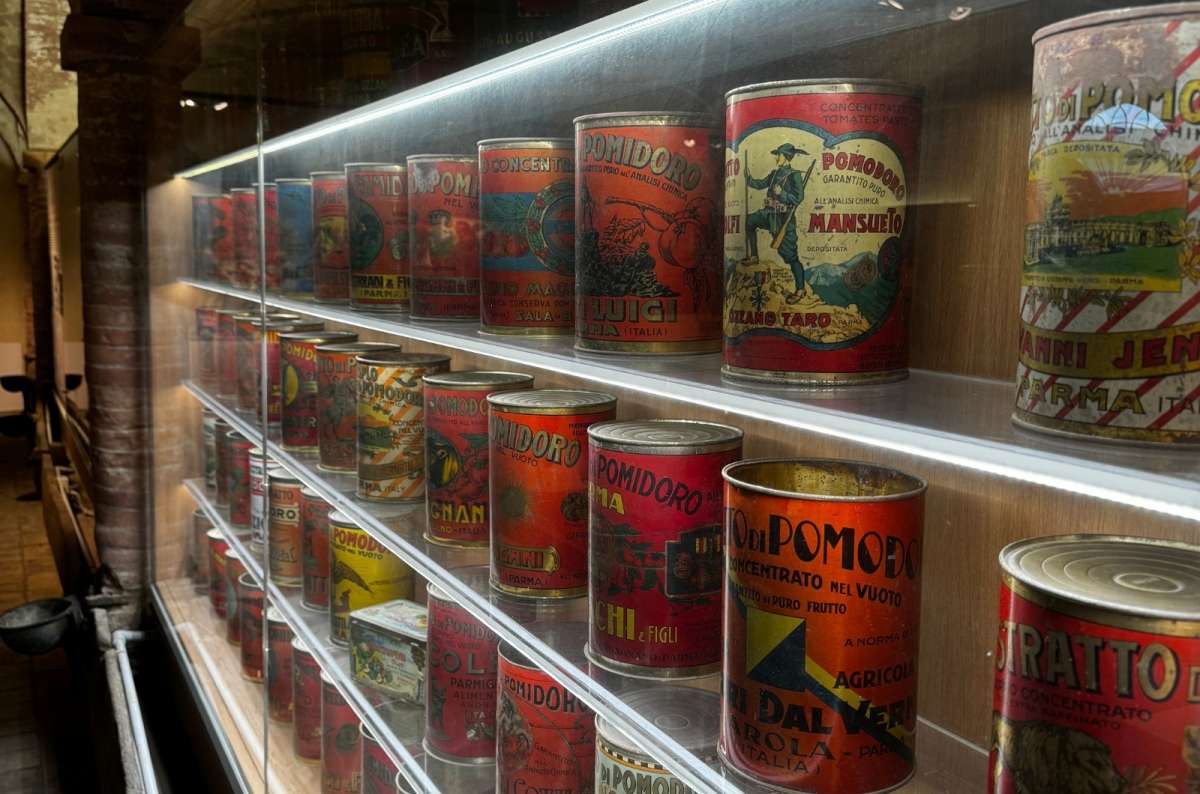
Of course, there’s a tomato museum too—this one was in Parma
Fascinating facts I learned about tomatoes:
-
Tomatoes reached Italy from the Americas via Spain in the 1500s, but weren’t embraced in Italian cooking until much later.
-
Parma was the main region for tomato production.
-
There are dozens of varieties of tomatoes in Italian cuisine, each with different uses.
-
By the late 19th century, tomatoes had finally shaken off their bad reputation and become a staple in Italian kitchens.
16. The Italian meal structure is unique
Traditional Italian meals consist of multiple courses:
- antipasto (appetizer)
- primo (first course, usually pasta or rice)
- secondo (main course, typically meat or fish)
- contorno (side dish)
- dolce (dessert) and caffè (coffee)
This structure is designed to emphasize variety, proper pacing, and a balanced dining experience—each course has its own role on the table. And if that sounds like dinner takes forever, you’re not imagining things.
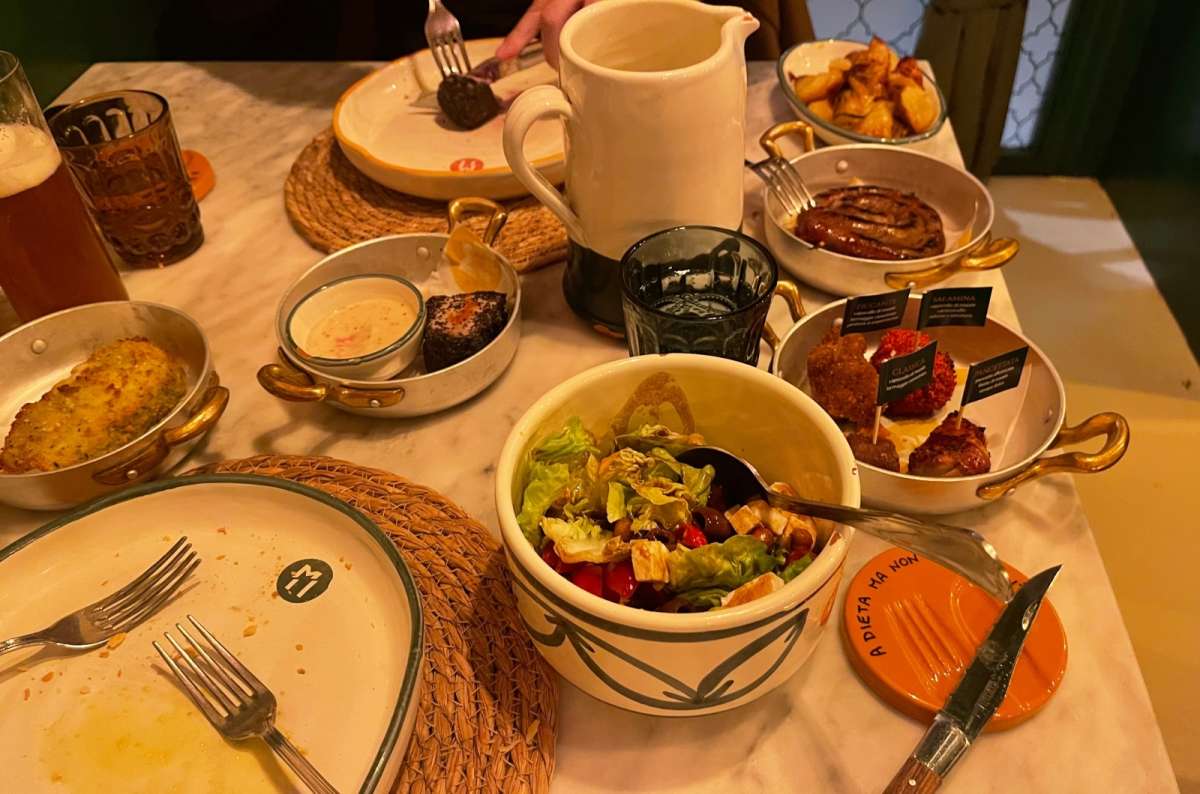
In Modena, I came hungry… but not Italian dinner ready. Still learning the art of pacing myself!
How to cope with the Italian meal structure from my experience:
-
Don’t feel pressured to eat every single course; it’s really not required.
-
Don’t treat pasta as the main course—it's just the first round. The main dish is usually meat or fish (secondi piatti).
-
The most common courses people actually order are antipasti and secondi piatti.
-
Be ready to drink a shot of espresso, even if it’s 10 pm Italians don’t blink.
Dining etiquette reflects cultural values
Italian dining etiquette emphasizes respect for tradition and family. Meals are leisurely affairs, often lasting several hours. It's customary to wait for the host to begin eating, and sharing dishes is common.
17. Olive oil is central to Italian cooking
Extra virgin olive oil is a cornerstone of Italian cuisine. It’s used for cooking, dressing, and even as a condiment. Italy is the largest consumer of olive oil in the world, and it's deeply rooted in the country’s agricultural and culinary traditions.
18. Gelato is not just Italian ice cream
People love to compare gelato to ice cream, but they’re not the same thing. Gelato has less air and fat, which makes it denser, smoother, and way more flavorful. It’s also served at a slightly warmer temperature than ice cream, enhancing its taste and texture.
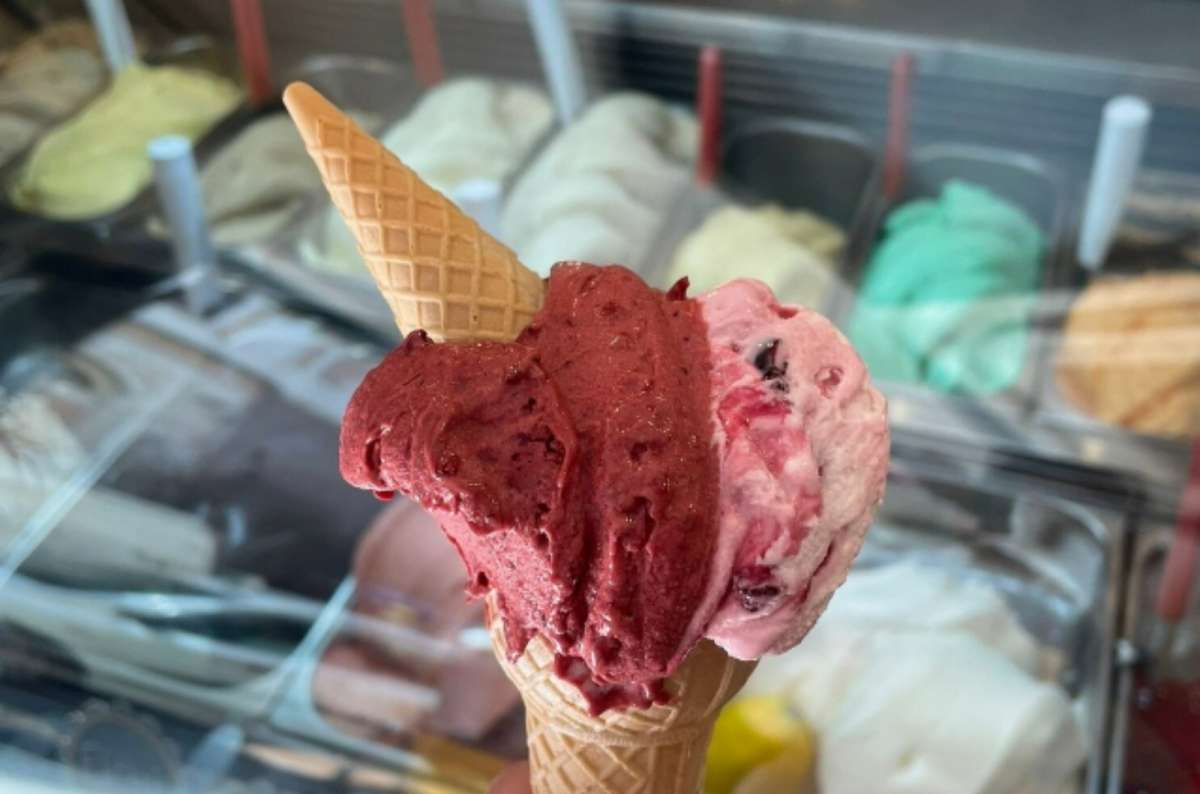
Now that I know gelato, ice cream feels like a rebound :D
19. Aperitivo is a social tradition
Aperitivo is the Italian tradition of enjoying a pre-meal drink accompanied by light snacks. It serves as a social gathering time, typically occurring in the early evening, and is an integral part of Italian social life.
I personally don’t drink aperitivo—and yes, I get judged for it every time I’m in Italy.
20. Truffles are Italy’s black gold—and they’re priced like it
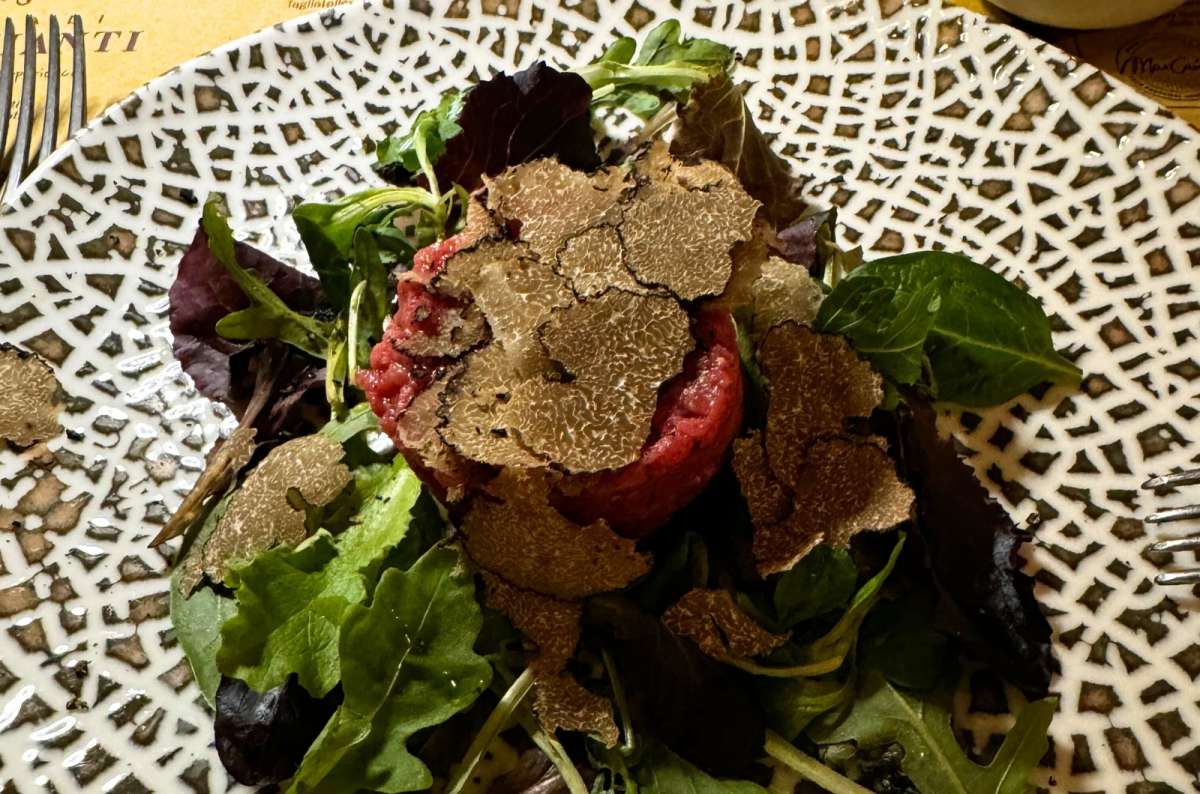
Truffles may be pricey, but they’re totally worth the hype—especially during peak season in Emilia-Romagna, Italy
Truffles are my personal favorite when it comes to Italian cuisine. I’ve been lucky enough to visit Italy several times during truffle season—usually around November—and I’ve learned a few facts along the way:
Interesting facts about truffles:
-
Truffles are usually found by dogs, not pigs. Pigs used to eat most of them and got fired from the job.
-
They are picked in November, which is also when they are the cheapest.
-
Truffles are mainly gathered in Piedmont and Emilia-Romagna regions.
-
There are two types of truffles—white and black. You will almost exclusively encounter the cheaper black variety. (I had the white one in Italy once and didn’t notice much difference aside from the price.)
-
A kilogram of truffles can cost around EUR 3,000.

Wishing you good food, good wine, and all the beauty of Italy (here we are exploring around Sirmione)
Bon Appétit!
I hope my article and firsthand experience with Italian food will help you better navigate Italian cuisine and culture. I certainly wasn’t expecting many of these food facts before visiting Italy’s top food regions myself.
Key takeaways to remember:
-
Italians don’t really tip like in the U.S.—instead, you’ll see a coperto on your bill. It’s a fixed cover charge (usually EUR 1–5) that doesn’t go to the waiter and isn’t optional. If you want to leave a little extra for good service, round up or leave some small change.
-
Every region has its own specialties. Don’t treat them all the same—learn what to expect before you go.
-
Buy the real stuff: balsamico, Parmigiano Reggiano, local wines. Skip the cheap imitations and support the locals who’ve been doing it right for centuries.
Sometimes, all you need to do is take the first step... I've filtered out the best hotels in Parma for you
Save it for yourself to come back to later, or share with your friends on social media!
You might also be interested in reading:
- Cinque Terre Itinerary for 2 Days: A Perfect Weekend Trip
- Travel Tips for Italy: 10 Things to Know Before You Go
- A Sceptic Visits the Turin Shroud: It Sucks and It’s Fake Anyway
- What to Do in Turin: 9 + 1 Places to Visit
This post contains affiliate links. If you make a booking through one of my links, I may earn a small commission—at no additional cost to you. Thank you for your support!




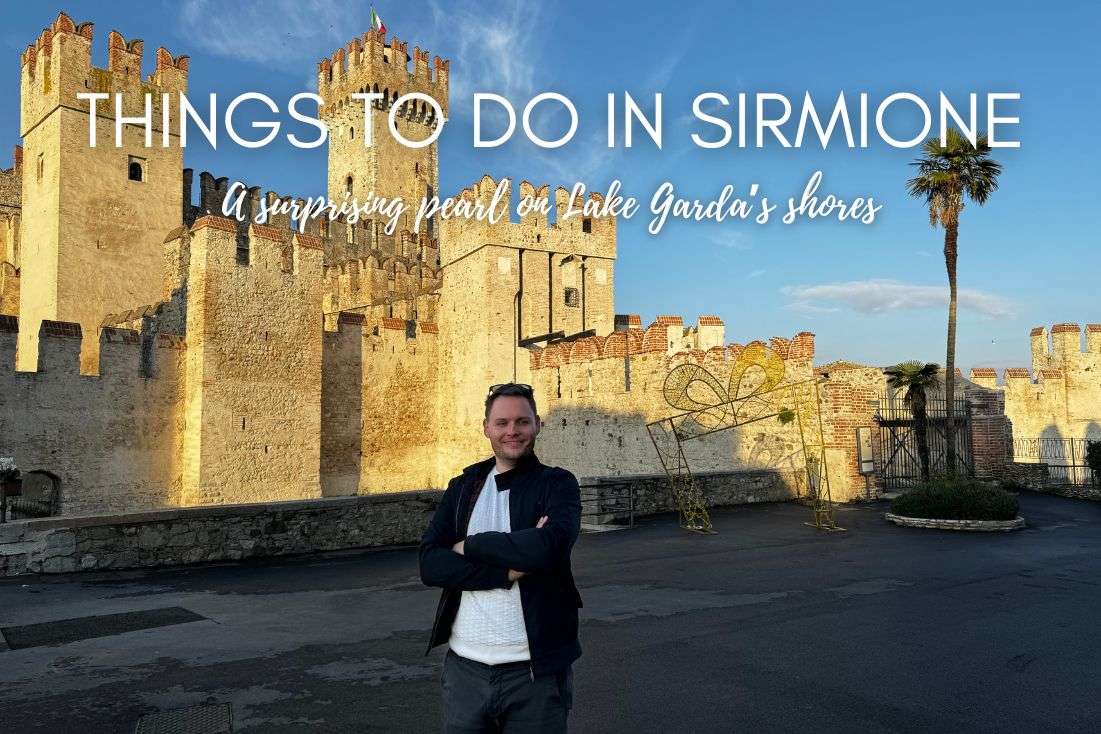
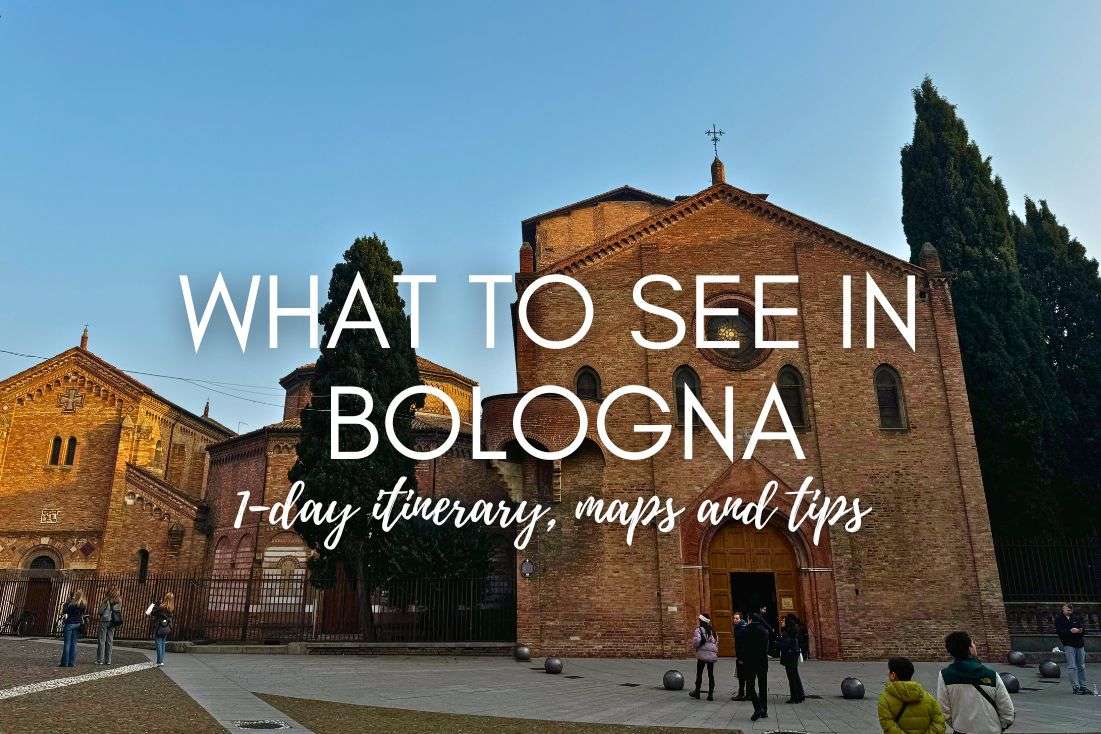



Comments | Thoughts? Give us a shout!